In the Netherlands, the house sparrow (Passer domesticus) has been at the top of the list of the annual Garden Bird Watch for 23 years. However, this bird is not doing so well. The species has been listed as ‘sensitive’ on the Dutch Red List since 2004. The house sparrow is experiencing a significant decline throughout Europe. Only 36% of the 1980 population remains in Europe, a loss of hundreds of thousands of birds. It was once the most common species in Europe. Unfortunately it is not an exception, because across the board the bird population has decreased by 60% since the 1970s! That is a loss of approximately 900 million birds. To draw attention to these endangered bird species, Dutch Bird Conservation Association and SOVON Bird Research Netherlands appoint a species of the year every year and in 2024 that will be the house sparrow.
Seed eaters
The house sparrow is a very recognisable species. The male has a grey cap and cheeks and a black throat and chest. It has a beautiful chocolate brown spot behind the eye. The wings are mottled brown with a white stripe. The females are less contrastingly coloured and have a light stripe behind the eye. Female house sparrows can easily be confused by less experienced birdwatchers with females of the chaffinch (Fringilla coelebs) or the greenfinch (Chloris chloris). Both these species are also seed eaters, just like the house sparrow. They have that typical cone-shaped beak. So the confusion is very understandable. The house sparrow is also sometimes confused with the tree sparrow (Passer montanus). These two species look very similar, but the tree sparrow has a typical black round spot on its light-coloured cheek.
Food, safety and reproduction
The house sparrow makes a distinctive chirping sound. We often have a lot of house sparrows in our garden, sometimes I count more than sixty. They feast on the bird feed and sit in the bushes en masse chatting with each other. The chirping also attracts the attention of pedestrians walking by. Passers-by regularly look at our garden with some amazement. It is almost never quiet there, it sometimes looks like there is an aviary. It also gives something pleasant, that chirping. You can’t imagine that this familiar chattering of these birds will disappear, can you? We can all put a stop to that. And that is not that difficult at all, because just like every other bird (and actually every living creature), the house sparrow also has three basic needs: food, safety and a place to reproduce.
Food
As I wrote above, the house sparrow is a real seed eater. Traditionally, sparrows obtained this from herbaceous plants in roadsides, meadows and parks. On the other hand, they benefited from grain that remained in the fields after the harvest. But unfortunately, herb-rich areas can be found with a light. And due to efficient harvesting methods and the replacement of grains with, for example, silage maize, the food supply of the house sparrow (but also of the tree sparrow and other seed eaters) has been significantly reduced. During the breeding season, the house sparrow (just like the finch, for example) additionally switches to a protein-rich insect diet to feed the young. Especially in the first two weeks, the young birds get aphids and other insects, which are crucial for their survival. And the insect population is not doing well either, for all kinds of reasons, including the almost complete paving of gardens. The presence of shrubs or a dense, evergreen hedge is therefore important. For example privet, hawthorn, blackthorn and ivy. Flowering native herbaceous plants are important too. On the one hand, they provide a food source for the adult birds in the form of seeds and on the other hand, the shrubs and plants also attract insects. Insects can also be abundant in less tidy, messy corners of the garden. Great for sparrows and other birds! So take out the tiles and put in plants and shrubs! Supplementary feeding is of course also allowed. Provide a seed mixture and in winter you can also hang fat balls (not in a plastic net!), fat blocks and special bird peanut butter. Do not give regular peanut butter, because it is not good for the birds, partly due to added salt.
Safety
In addition to being a good at attracting insects, shrubs and hedges also provide cover against enemies such as cats and sparrowhawks. Although the latter do not hesitate to chase small birds through the bushes, especially if there are not many leaves on the bush. In addition, house sparrows are true colony birds. They love to sit in a bush by the dozens. In fact, smaller colonies with fewer than ten pairs can hardly exist independently and will always seek to join other colonies.
Reproduction
The most important thing for the survival of a species is of course reproduction. And for that, house sparrows need nesting places. House sparrows build their nests in cavities, niches and the like. They are a true synanthropic species and feel at home around people. It is not without reason that they like to build their nests under roof tiles and, for example, in haylofts. Usually with several nests together, because as I already wrote, they are real colony birds. With the disappearance of haylofts and the replacement of the old-fashioned red ceramic roof tiles with concrete roof tiles, many nesting places for the house sparrow also disappeared. And if the sparrows see an opportunity to breed under the roof tiles, the space between the roof boarding and the tiles is closed with eaves comb fillers. This makes nesting impossible for the birds so they urgently need breeding grounds. You can help them by for example hanging nest boxes with an entry opening of 34 mm. Preferably so-called sparrow flats, where several nesting spaces are integrated into one box. A sparrow apartment like this is perfect for these very social birds. Nice and cozy together.
Give the sparrows a helping hand!
You see, it is not that difficult at all to give the house sparrow a helping hand. When you start working in the garden next spring, think from the perspective of the birds and other animals. Provide – native – plants and shrubs that butterflies and other insects can use as host and nectar plants. Remove stones from the garden so that rainwater ends up in the soil. This way you prevent your garden from drying out. Make a small water feature, for example from a mortar tub (whether buried or not). In no time, dragonflies, damselflies, but also frogs, toads and perhaps even newts will flock there. And maybe you have a piece at the back of the garden that could be allowed to become a bit wild and cluttered. All kinds of animals love it. Such as hedgehogs, who find this a rewarding place to sleep and hibernate. Also grow a patch of nettles there, the host plant for all kinds of butterflies and moths. I understand that you don’t want your garden to be overgrown by nettles, so here’s a tip. Take a mortar tub and place the nettles in it. This plant reproduces through its rhizome. The wall of the mortar container holds the roots back and therefore they do not grow further. You can also bury the tub so that it is not even noticeable.
Are you counting?
The Garden Bird Count in The Netherlands as well as in the UK will take place on the coming weekend of January 26 to 28. Count the birds in your garden or on your balcony for half an hour (in the Netherlands, an hour in the UK) and report it via the website. This way you help to get a good picture of the garden bird population in your country. You may also see house sparrows in your garden. It is best to lure them with some food. And hopefully this cheerful chatter will be in first place again this year and will remain there for years to come.
Sources:
- The Big Garden BirdWatch
- 25 Years of Garden BirdWatch (British Trust for Ornithology – Spring 2020)
- Wikipedia
- House sparrow at BTO website
- House sparrow at RSPB website
- Gelling G. 2018. Vink Fringilla coelebs. Pp. 546-547 in Sovon Vogelonderzoek Nederland 2019, Vogelatlas van Nederland. Kosmos Uitgevers, Utrecht/Antwerpen (in Dutch)
This blog was originally published in Dutch on January 15th 2024



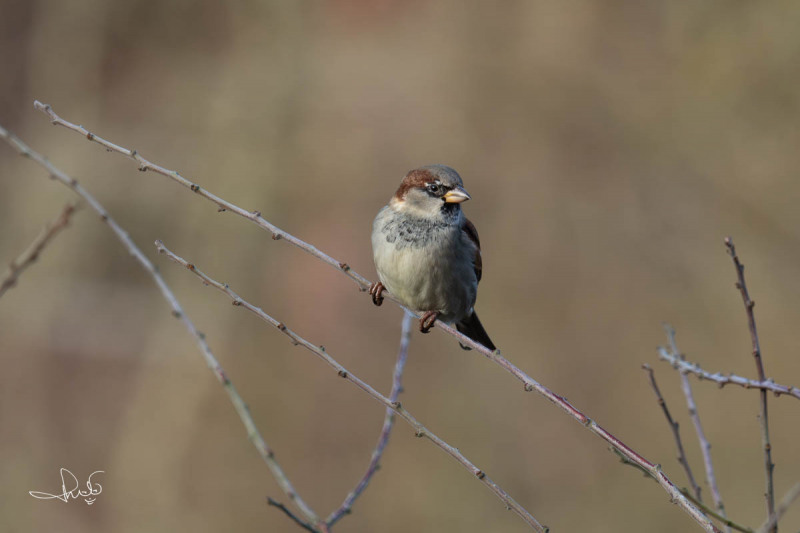
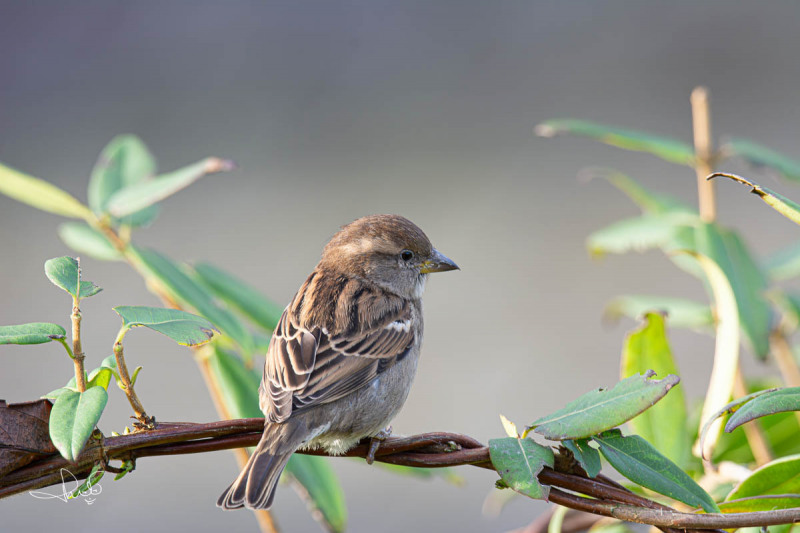
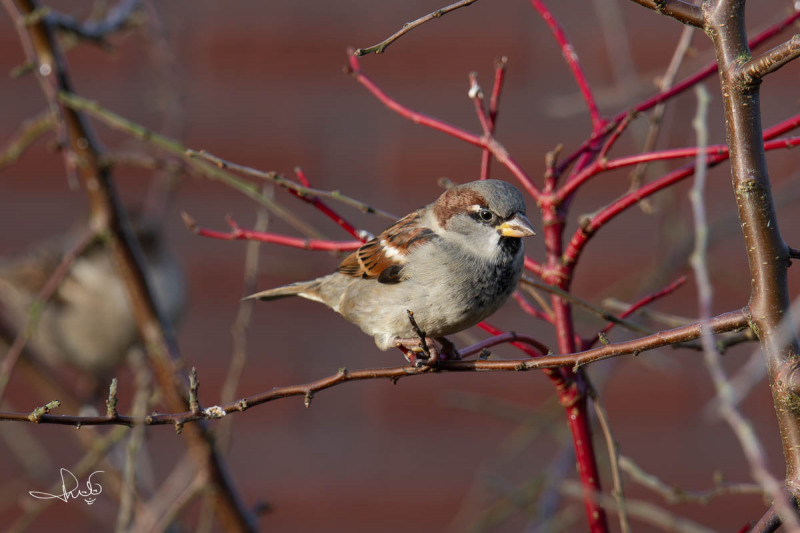
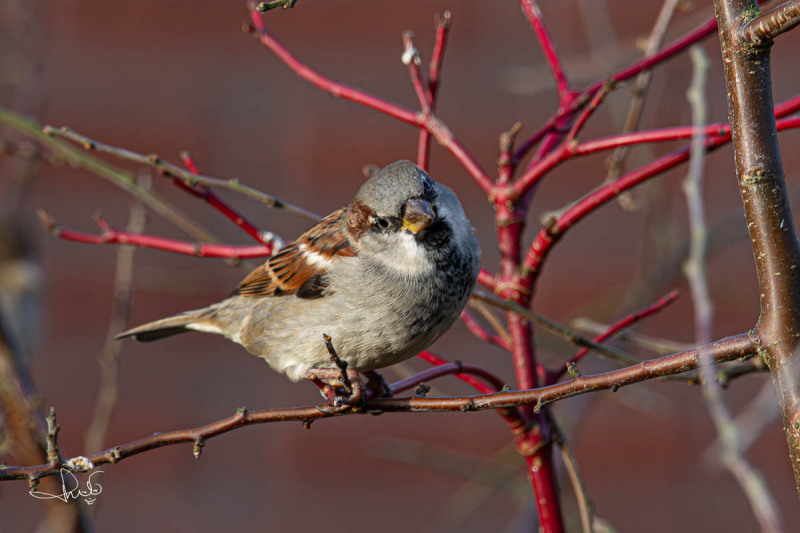
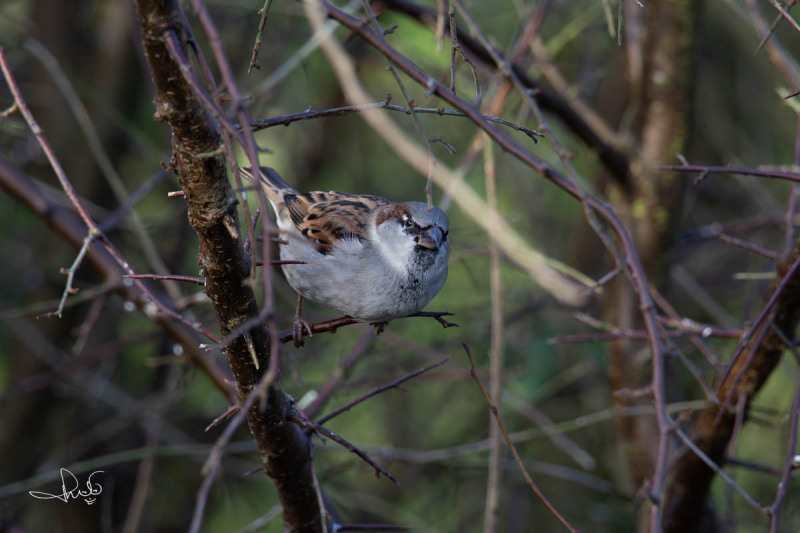
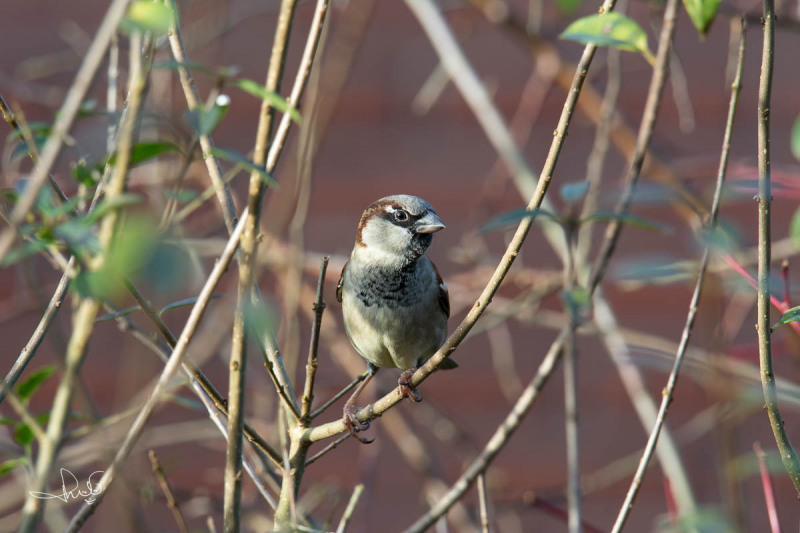
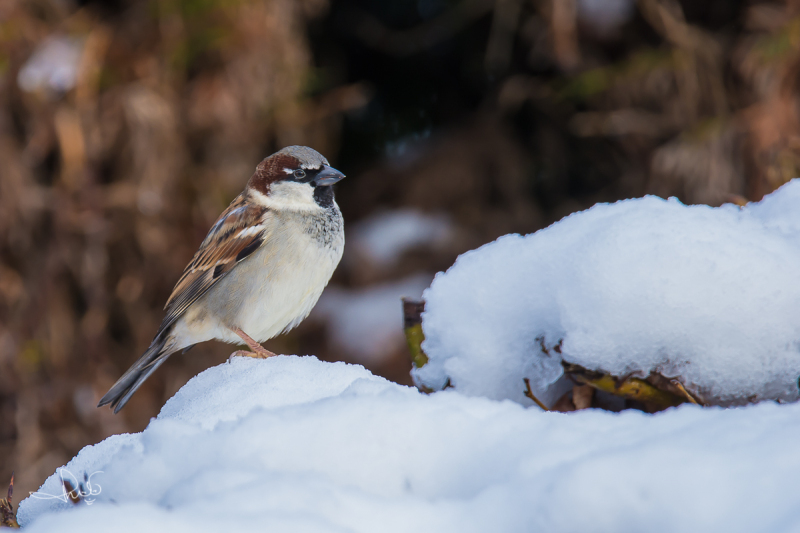
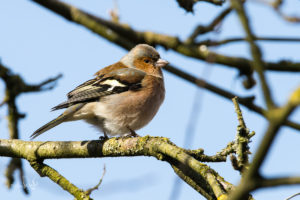
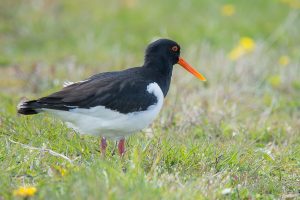
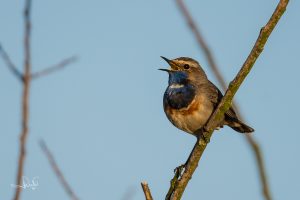
This bird ! Is a killer.
They kill Purple Martins!
In Louisiana it’s a passed law. To dispatch all of them in traps. And we do ! Horrible bird.
Hi Brian,
I have read about the problem of the house sparrow versus the purple martin. I saw that this is a serious problem in the USA. Just like with the starling. Both are imported species and they almost always cause problems. Just look at the spongy moth or its old name gypsy moth (Lymatria dispar), which once escaped and now causes many problems in the US and Canada. See also https://www.mijnblogje.nl/en/20200917/gypsy-moth/
Imported species often have few natural enemies and can therefore cause major damage. For example, we are now stuck with the multicolored Asian lady beetle (Harmonia axyridis). The insect ended up here in the Netherlands through our own actions (for the benefit of the gardeners to combat pest insects in the greenhouses) and now threatens our native ladybird populations. See also https://www.mijnblogje.nl/en/20210528/ladybirds/
And we can go on like this for a while.
The animals themselves are not the problem, the problems are caused by us, humans.
It’s not a horrible bird. It’s just surviving. What was horrible is that a human thought it was a good idea to bring the European birds to the United States and set them free.
That’s true. Just like we did with other species. And we’ve been doing that for centuries. People simply don’t learn from the mistakes they have made.